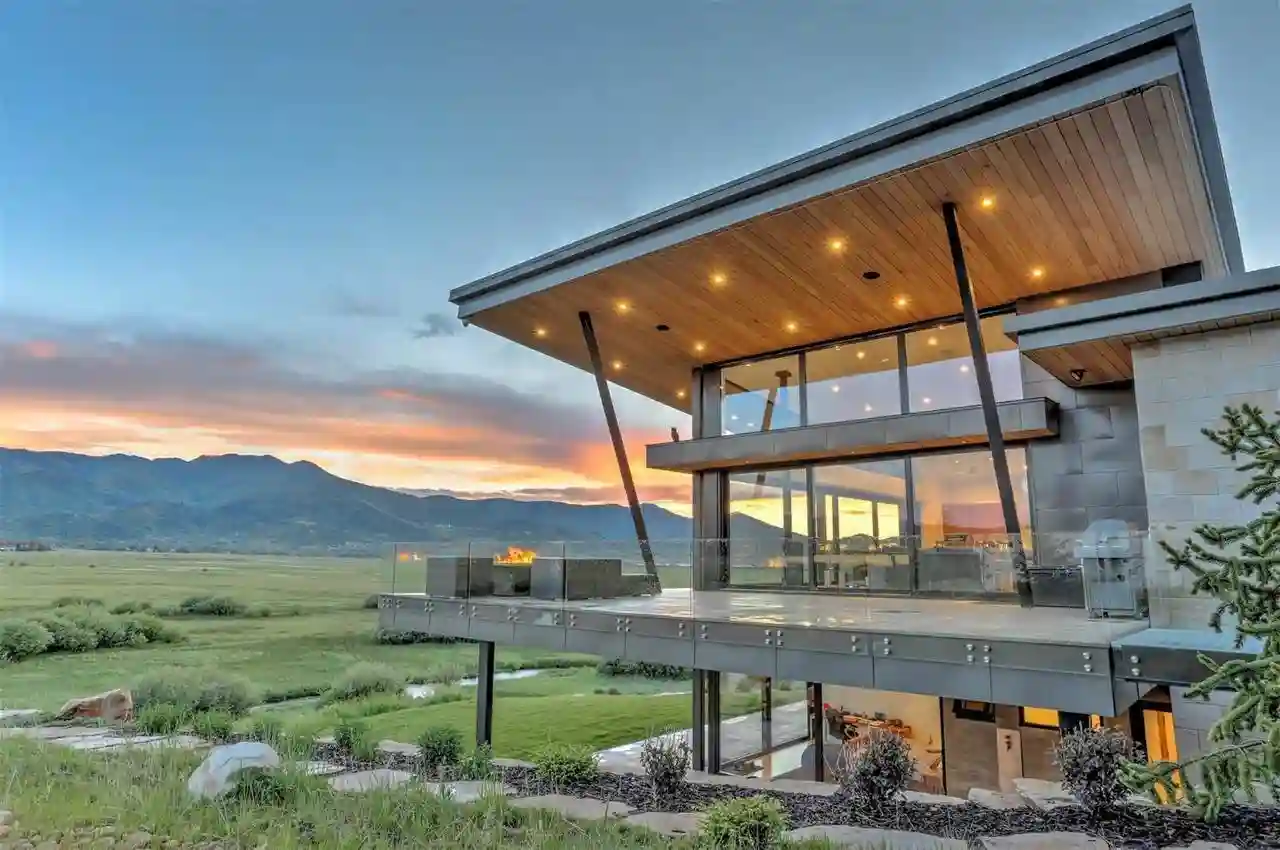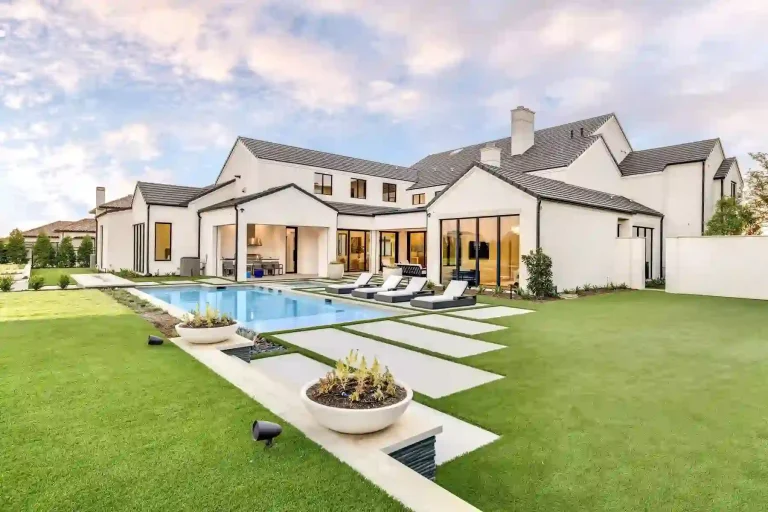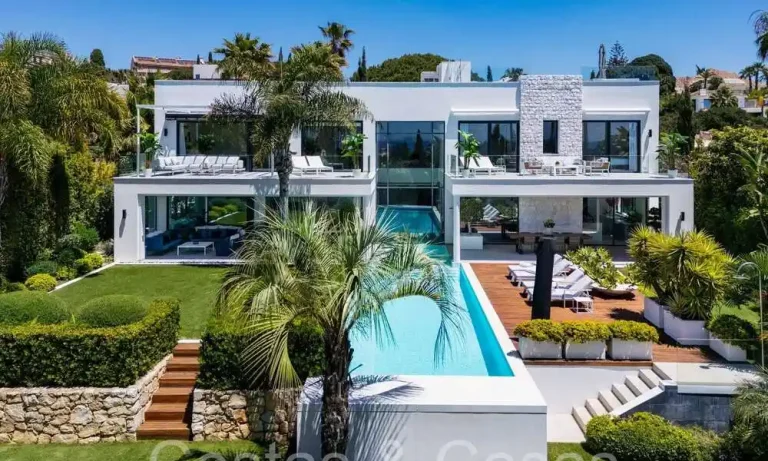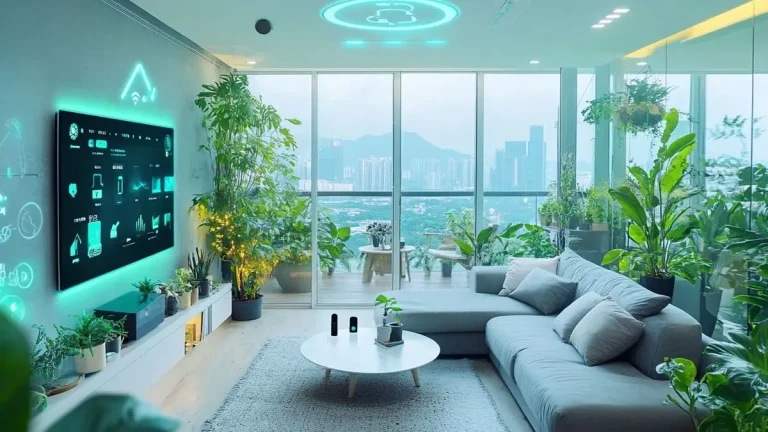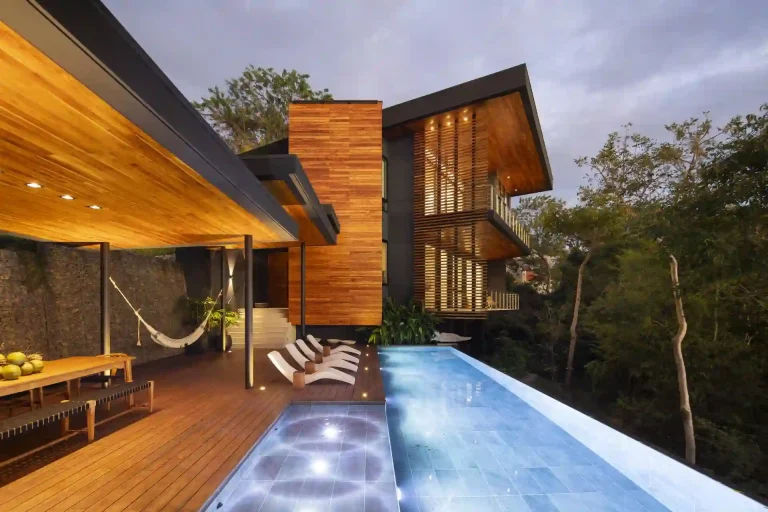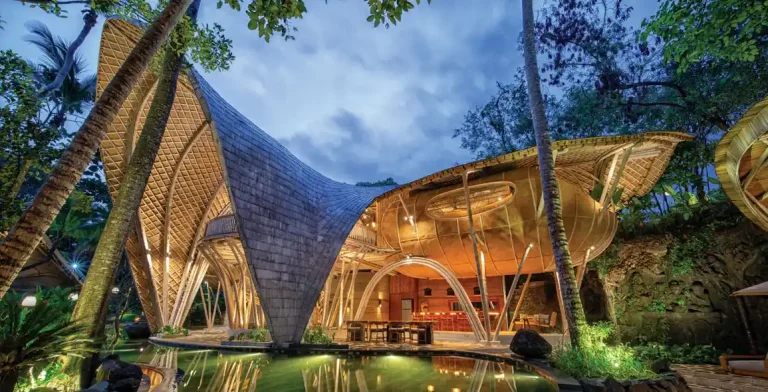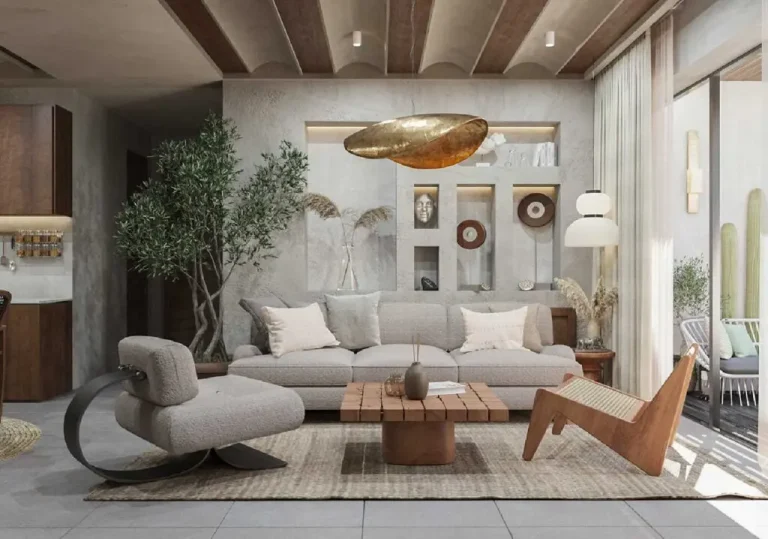LEED Platinum Certified Luxury Home Designs – Ultimate Guide & Top Products
Understanding What It Means to Be LEED Platinum for Luxury Homes
When someone says a home is LEED Platinum certified, they refer to the LEED (Leadership in Energy and Environmental Design) rating system, managed by the U.S. Green Building Council (USGBC). LEED certification measures the environmental performance of a building through categories such as energy, water, materials, indoor air quality, site selection, innovation, and regional priority.
There are four levels of LEED for homes: Certified, Silver, Gold, and Platinum. Homes that reach Platinum must typically garner 80 or more points across the LEED scoring system.
For a luxury home, achieving Platinum is particularly challenging because one must balance high-end architectural expression, premium finishes, and custom systems with rigorous sustainability demands. Many luxury homes push the envelope in size, amenity, and design complexity, and each of those adds burden to the environmental metrics.
However, achieving Platinum in a luxury context means you are delivering a home that is not only beautiful but extremely efficient, healthy, resilient, and future-ready.
Core Attributes of a LEED Platinum Luxury Home
A luxury home aiming for Platinum will often incorporate:
-
State-of-the-art renewable energy systems, e.g., rooftop solar photovoltaics, possibly ground-source heat pumps, or even combined heat-and-power systems.
-
Advanced insulation, air sealing, and building envelope design, often with high R-value materials, structural insulated panels, or insulated concrete forms.
-
High-performance glazing (triple-pane, low-E coatings, spectrally selective), often custom-sized to match large expanses of architectural glazing.
-
Ventilation and indoor air quality systems, e.g., energy recovery ventilators (ERVs) or heat recovery ventilators (HRVs), advanced filtration, and pressure controls.
-
Water conservation and recycling features: greywater reuse, rainwater harvesting, low-flow plumbing, smart irrigation.
-
Sustainable materials and sourcing: rapidly renewable materials, FSC-certified wood, recycled content, low-VOC finishes, and materials with environmental product declarations.
-
Smart home systems and building automation to monitor, control, and optimize energy, water, lighting, and HVAC performance.
-
Landscape and site strategies, e.g,. Permeable paving, native plantings, minimizing impermeable surfaces, and preserving ecosystems.
-
Passive solar design: orientation, shading, window placement, thermal mass, overhangs, and daylighting strategies to reduce heating, cooling, and lighting loads.
Each design decision must be carefully documented and justified in the LEED submission, and performance must be validated during commissioning, measurement, and verification phases.
Why Luxury Home Buyers Are Choosing LEED Platinum Designs
High-end buyers today are more discerning not just about aesthetics but about sustainability, climate resilience, health, and long-term value. Here are key motivations and benefits.
Long-Term Cost Savings & Operational Efficiency
Although initial costs can be higher, a well-implemented LEED Platinum home can achieve significant reductions in utility and maintenance costs. According to government and industry sources, LEED-certified homes often save 20–30% or more in energy and water compared to conventional homes.
In a luxury home, expensive amenities like spas, pools, large glazing, and advanced mechanical systems often lead to high energy use. But with smart design, those loads can be mitigated or even offset entirely with on-site renewables. Thus, the net operating cost becomes far lower relative to other luxury homes of similar size.
Health, Comfort & Indoor Air Quality
One of the most compelling benefits is improved indoor environmental quality. LEED homes emphasize ventilation, filtration, low-toxicity materials, daylighting, and humidity control. This helps reduce allergens, volatile organic compounds (VOCs), mold, and humidity issues, especially important in hot, humid, or tropical climates.
For luxury homeowners who often use premium finishes, furniture, fabrics, and custom materials, maintaining a healthy indoor environment is critical to long-term comfort and wellness.
Market Differentiation & Resale Value
Luxury homes built to LEED Platinum standards stand out in the marketplace. They signal quality, forward-thinking design, environmental responsibility, and durability. In many markets, green-certified homes sell faster or at premium prices.
For developers and architects, delivering a Platinum home is a strong signaling tool of capability and prestige.
Risk Mitigation & Future-Proofing
Building codes and energy standards around the world are trending stricter. A home that already meets rigorous performance thresholds is more resilient to regulatory changes. Also, climate resilience (flood prevention, passive cooling, redundancy in systems) becomes increasingly important as extreme weather intensifies.
Additionally, energy independence (via renewables) mitigates risk from rising utility rates or grid issues.
Demonstration Value
For influential buyers, celebrities, or public-facing clients, the LEED Platinum luxury home becomes a demonstration or flagship property. It becomes a conversation piece, marketing tool, and legacy asset beyond its functional value.
Real-World High-End Examples & Integrated Products
To make the discussion concrete, let’s look at real luxury homes and key product integrations that help them earn Platinum certification. For each, we’ll describe features and benefits, and link to the product or brand when available.
1. Sun Gazing House, Park City, Utah

The Sun Gazing House is Utah’s first LEED Platinum home, developed by Tall Pines Construction.
-
Situated for passive solar gain, 90% of heating is derived from carefully placed glazing and solar orientation.
-
Kitchen appliances, fans, and lighting were chosen for peak energy efficiency.
-
Bathrooms feature low-flow fixtures and a heat recovery coil in the shower drains.
-
The staircase design helps with natural ventilation: an automatic operator opens upper-level windows to draw airflow downward.
-
Structural insulation used high-performance SIPs, and airtightness was held to very low leakage (< 0.6 air changes per hour at 50 Pa).
-
Every system was modeled, tested, and adjusted before construction.
This home proves that even in a mountainous, seasonal climate, you can deliver a warm, light-filled luxury residence and still achieve top-tier efficiency.
2. Hoefling House, Boulder, Colorado
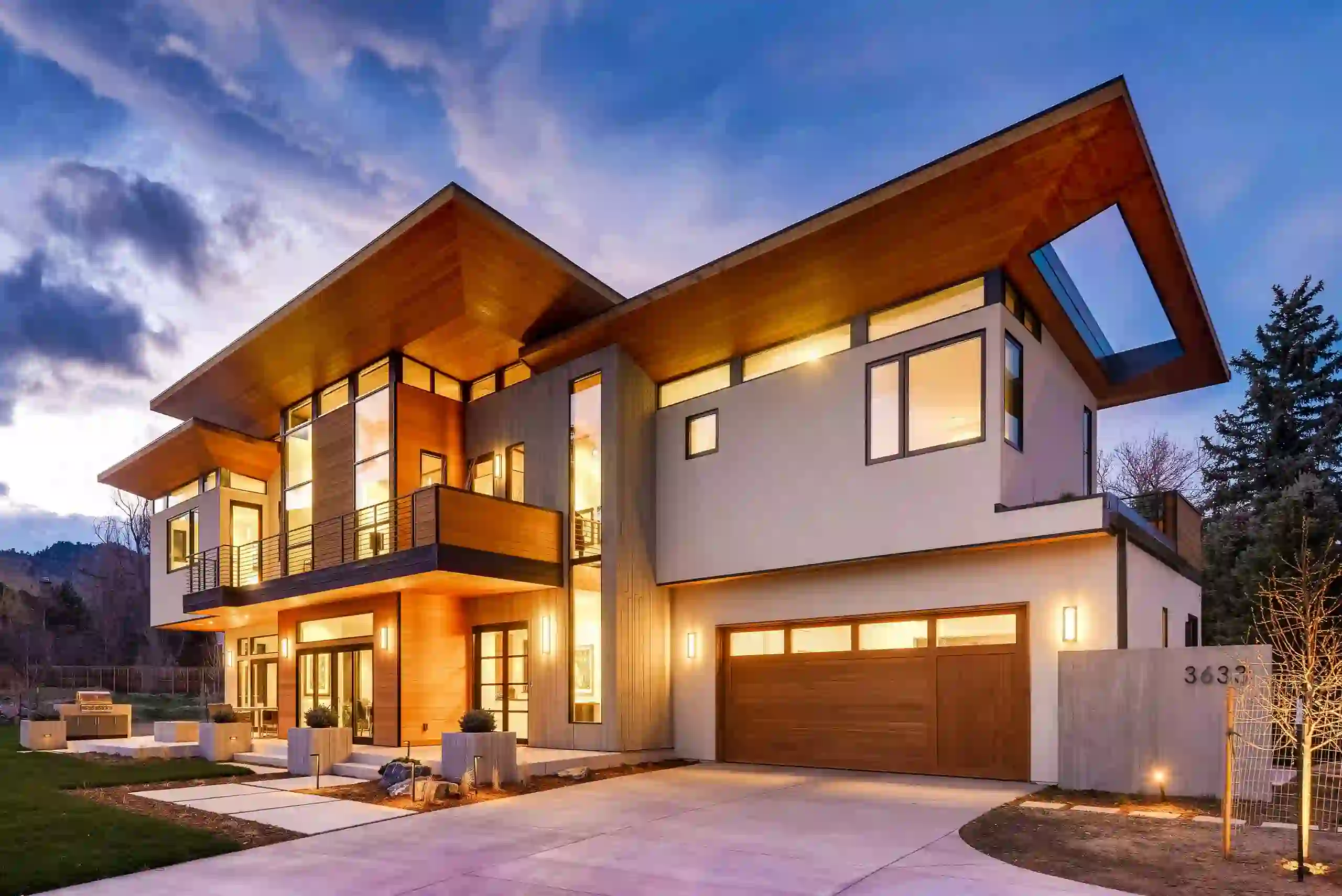
Designed by Rodwin Architecture with Skycastle Construction, the Hoefling House is a modern custom residence that achieved LEED Platinum and a Home Energy Rating System (HERS) score of 14 (nearly net-zero).
Key product and system integrations include:
-
A 10 kW solar array is discreetly tucked into the roof
-
Ground-source (geothermal) heating and cooling system
-
Radiant floor heating with high thermal mass
-
Premium triple-pane windows with spectrally selective coatings
-
Foam insulation and airtight detailing
-
LED lighting and smart controls
-
Heat recovery ventilation (HRV) system
-
Efficient plumbing fixtures from EPA WaterSense programs
These elements combine to offer a luxury home that uses minimal energy per square foot while delivering high thermal comfort and smart operation.
3. BrightBuilt Barn, Rockport, Maine
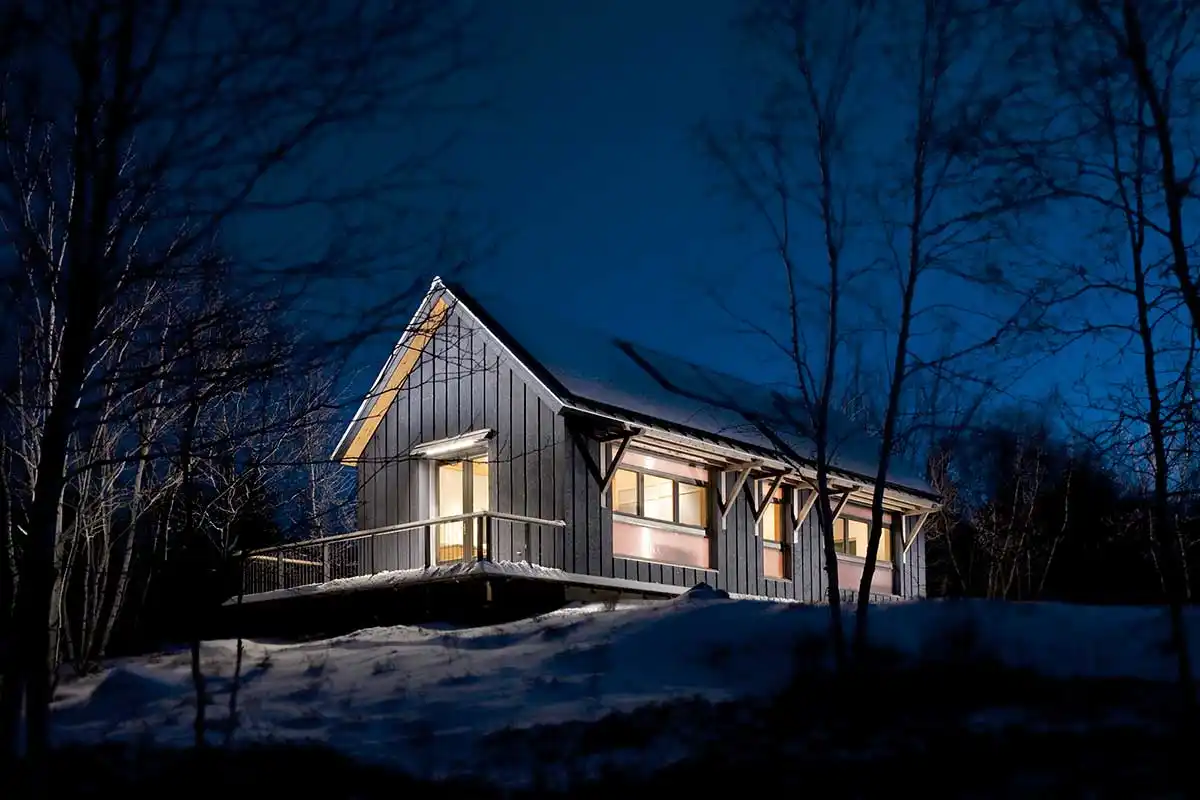
The BrightBuilt Barn is a compact, net-zero-capable residence that holds LEED Platinum status.
Though not a massive palace, it’s a perfect prototype for sustainable house design. Highlights include:
-
Super-insulated envelope
-
On-site photovoltaics
-
Smart monitoring to maximize performance
-
Engineered for cold climates
-
Off-grid readiness
It is a useful model for how modular, prefabricated systems can scale toward high performance and luxury.
4. LivingHome 6 Series by Plant Prefab
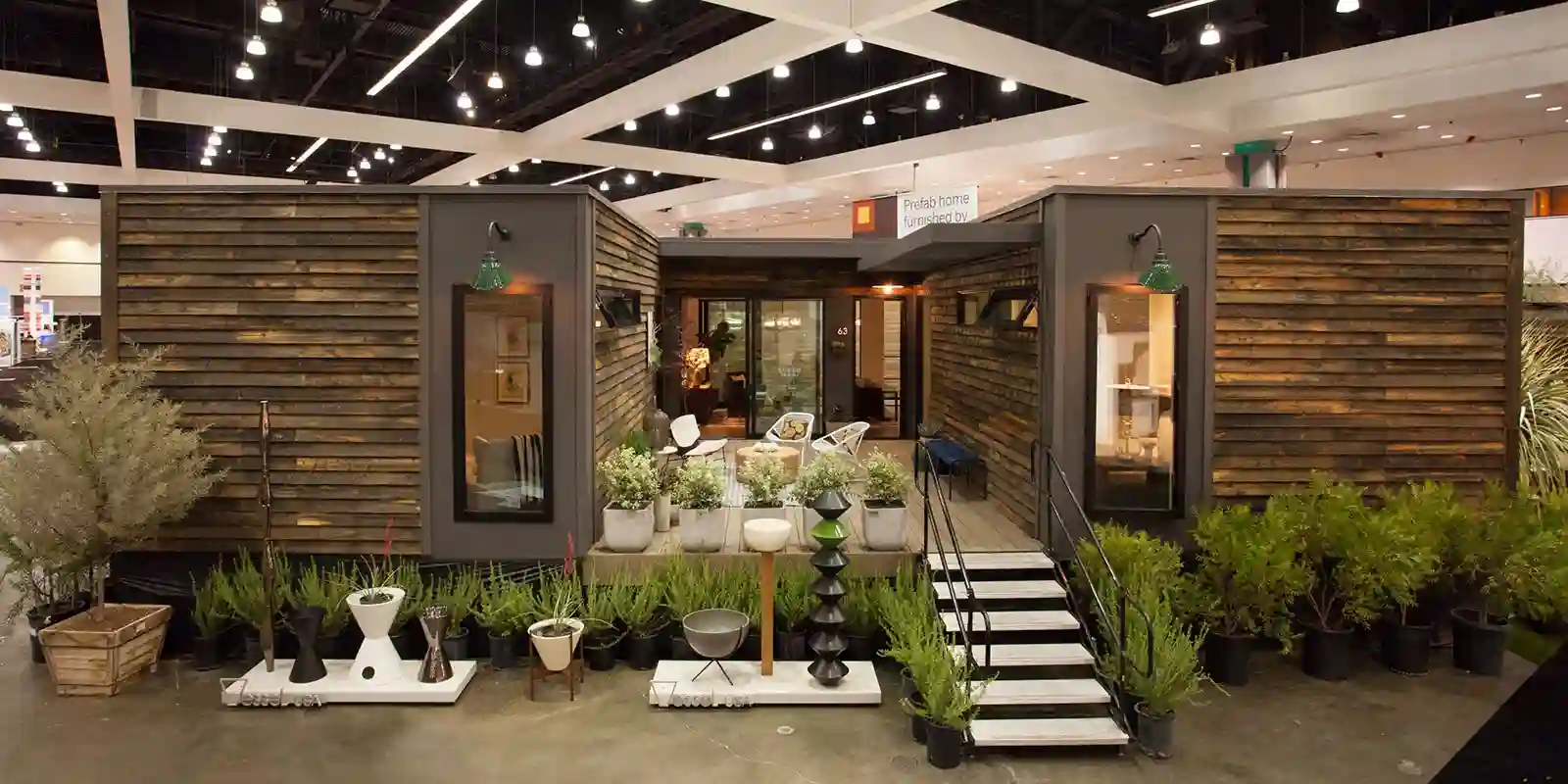
Plant Prefab’s LivingHome 6 Series are modular, prefabricated homes that can be built LEED Platinum.
They incorporate:
-
Cradle-to-cradle certified materials
-
Low-VOC finishes
-
Smart home performance monitoring
-
Excellent daylighting and energy optimization
-
Base price approximate USD 260,000 (before site work) for a 958 sq ft model, expandable to larger sizes
While these are smaller-scale, they illustrate how prefab and modular construction can also deliver high-end, sustainable standards.
5. DJK Custom Home LEED Platinum Example

In a case study of a DJK Custom Home achieving Platinum status, Dacor appliances were used throughout (refrigerator, ovens, ventilation hoods, etc.), all meeting high energy-efficiency standards.
Other integrated products included:
-
MSI quartz countertops
-
Maxim LED lighting fixtures
-
Efficient plumbing fixtures
-
Custom cabinetry and finishes that met sustainability sourcing
Although not the full house example, this case highlights how premium appliances and finishes must be chosen carefully for LEED compliance in luxury homes.
What Problems Do These Products Solve – Use Cases & Why You Need Them
Problem: High Energy Use in Luxury Amenities
Luxury homes often include features like infinity pools, spa rooms, floor-to-ceiling glass facades, underfloor radiant heating, multiple HVAC zones, high-end entertainment systems, and integrated automation. Each of these can significantly increase energy demand.
Solution: The integrated systems (solar, geothermal, smart controls, heat recovery ventilation, passive design) mitigate or offset that burden. A LEED Platinum home doesn’t eliminate these amenities – it optimizes and balances them.
Problem: Overheating, Overcooling & Thermal Discomfort
Large glazed openings, open-plan layouts, double or triple-height spaces, and exposure to strong sun can cause thermal stress.
Solution: High-performance glazing, shading devices, overhang calculations, thermal mass elements, and dynamic controls (shading systems, smart glazing) manage heat gain and loss. Ventilation strategies (stack effect ventilation, night purging) help stabilize indoor temperatures.
Problem: Poor Indoor Air Quality from High-End Materials
Premium finishes (veneers, paints, exotic woods, fabrics, adhesives) can emit VOCs or other volatile pollutants.
Solution: Low-VOC or zero-VOC finishes, certified materials, ventilation with filtration (e.g., HEPA, activated carbon), pressurization controls, and continuous fresh air exchange ensure healthy indoor environments.
Problem: Water Waste & Landscaping Maintenance
Luxury properties often have lush landscapes, water features, irrigation, pools, and high water usage.
Solution: Rainwater harvesting, greywater reuse, smart irrigation controllers, drought-tolerant landscaping, and efficient plumbing fixtures balance luxury with conservation.
Problem: Complexity in Commissioning & Verification
Documenting, testing, and verifying performance across many systems is complex, especially for custom homes.
Solution: Full commissioning, calibrated building models, performance monitoring hardware, sensor networks, and periodic verification ensure systems operate as intended. This is critical for achieving and maintaining LEED Platinum.
How to Buy & Where to Buy – Recommended Approach & Product Links
To build a LEED Platinum luxury home, you must follow a strategic procurement and specification approach:
Step 1: Design & Consultant Engagement
Engage an architecture and sustainability consultant team experienced in LEED Platinum luxury design. Ensure early integration so that site orientation, envelope strategy, system paths, and material choices are optimized from the start.
Step 2: Specify High-Performance Products
Work with product suppliers that provide technical documentation, certifications, and performance data. Ensure they can support the LEED credit requirements (e.g, Energy Star labeling, EPDs, FSC certification, WELS, etc.).
Step 3: Phased Procurement & Quality Control
Order specialty components (glazing, HVAC, solar arrays) early. Maintain rigorous QC protocols, factory testing, and on-site inspections. Measure deliveries and performance.
Step 4: Commissioning & Monitoring
Hire a certified commissioning authority. Include measurement & verification (M&V) hardware and monitoring systems. Use cloud or smart platforms to track performance live.
Step 5: Documentation & LEED Submission
Collect product data sheets, test results, commissioning reports, and declaration forms. Submit to USGBC or your local LEED authority. Address credit documentation carefully.
Examples – Where to Buy Some Key Products
Below are sample products/brands you may consider integrating. In many cases, these are premium, high-spec systems that align with LEED Platinum goals.
-
Dacor Appliances – a line of high-performance kitchen appliances used in LEED model homes.
-
Maxim Lighting LED fixtures – energy-efficient, stylish lighting used in custom homes.
-
MSI Quartz surfaces – durable, low-maintenance, and often used in sustainable design.
-
High-performance triple or quadruple glazing systems from manufacturers like Guardian Glass, Viracon, or AGC.
-
Heat Recovery Ventilators (HRV) / Energy Recovery Ventilators (ERV) from brands such as Zehnder, Panasonic, or Venmar.
-
Solar PV panels and inverter systems from brands like SunPower, LG, Tesla, or Enphase.
-
Ground-Source Heat Pump systems from WaterFurnace, Trane, or Carrier.
-
Smart home & building automation platforms from Control4, Lutron, Crestron, or Savant.
When purchasing, always verify that the product has documentation acceptable for LEED (e.g., test reports, datasheets, certifications).
You can often purchase these via:
-
Authorized local distributors
-
High-end building technology integrators
-
Specialty sustainable product retailers
-
Directly from the manufacturer with specification support
-
Architectural product showrooms
In many cases, you may also embed these in affiliate programs or procurement channels (depending on your business model).
Implementation Strategy: Step-by-Step Blueprint
To bring a LEED Platinum luxury home from concept to reality, here is a recommended phased approach:
-
Feasibility & site analysis
Evaluate sun path, climate, topography, views, soil, and local building codes. -
Schematic design & energy modeling
Perform iterative modeling to test solar, shading, envelope, loads, and systems. -
Detailed design & system integration
Integrate HVAC, solar, plumbing, ventilation, automation, and materials. -
Value engineering and material optimization
Seek the best combination of performance, durability, cost, and aesthetics. -
Procurement & submittals
Order long-lead items early, review compliance submittals, and ensure documentation. -
Construction & quality control
Enforce air-sealing, insulation, thermal breaks, and proper installation of all systems. -
Commissioning, testing & balancing
Perform blower door tests, duct leakage tests, test HVAC, water systems, and performance verification. -
Performance monitoring & ongoing maintenance
Monitor real performance vs. model, adjust systems, and schedule maintenance. -
LEED submission & certification
Prepare all credit documentation, respond to reviews, and finalize certification. -
Occupancy & user training
Educate homeowners on system usage, smart controls, and efficiency best practices.
FAQ
Q1. Is LEED Platinum certification worth the extra cost for a luxury home?
A1. In many cases, yes, he upfront premium is balanced by long-term utility savings, increased resale value, better health and comfort, market differentiation, and resilience against stricter future codes. For ultra-high-end projects, the “prestige factor” and branding can also justify the investment.
Q2. How long does it take to certify a home as LEED Platinum?
A2. The timeline varies, but typically you will need to plan certification during design, submit during construction, and complete commissioning and performance verification before occupancy. The LEED review process may take a few months, depending on documentation quality and review queue. Early documentation planning is key to avoiding delays
Q3. Can an existing luxury home be retrofitted to LEED Platinum?
A3. LEED for Homes primarily targets new construction, and achieving full Platinum via retrofit is extremely challenging. However, many LEED strategies (insulation, window upgrades, HVAC retrofit, lighting, solar additions) can be applied to existing homes. A certified “LEED for Existing Buildings (LEED O+M)” approach may be more realistic.
